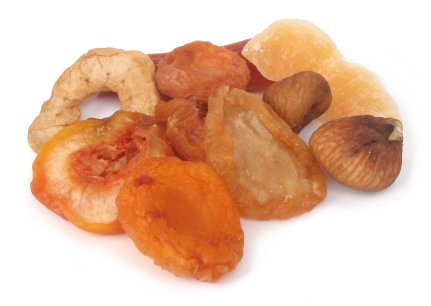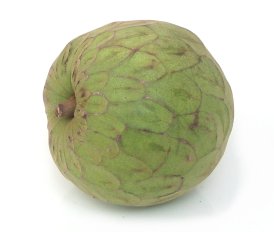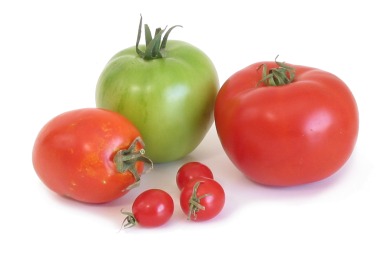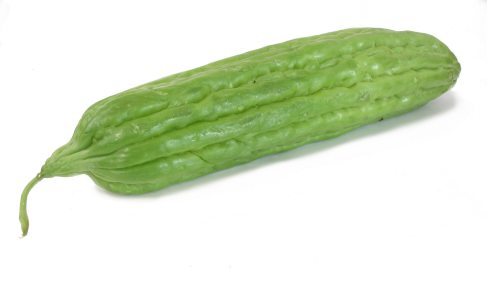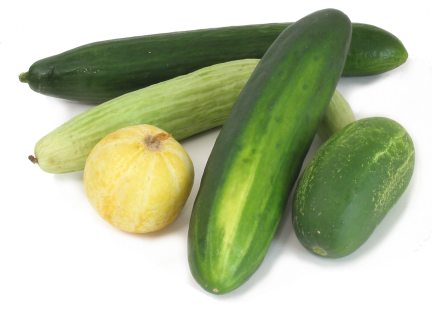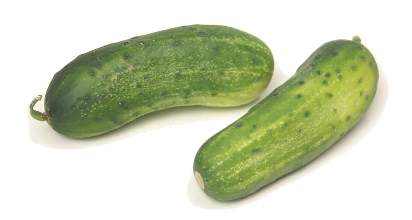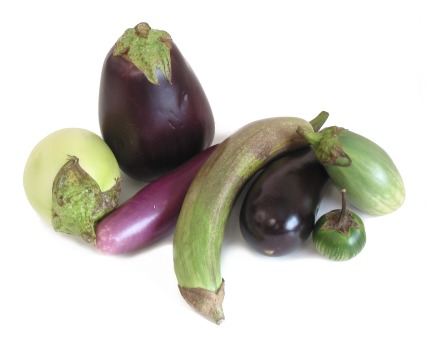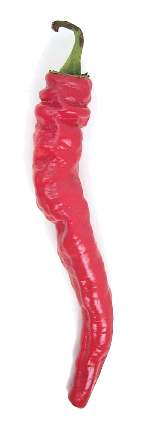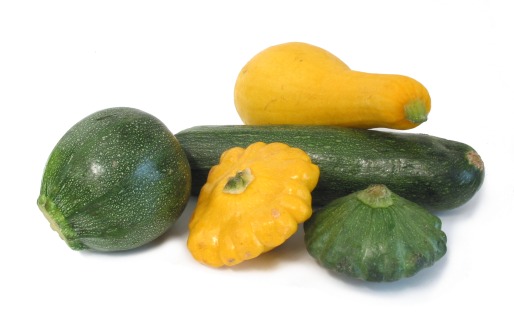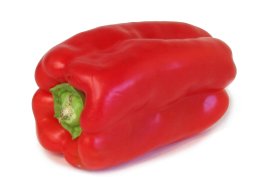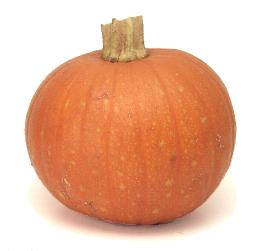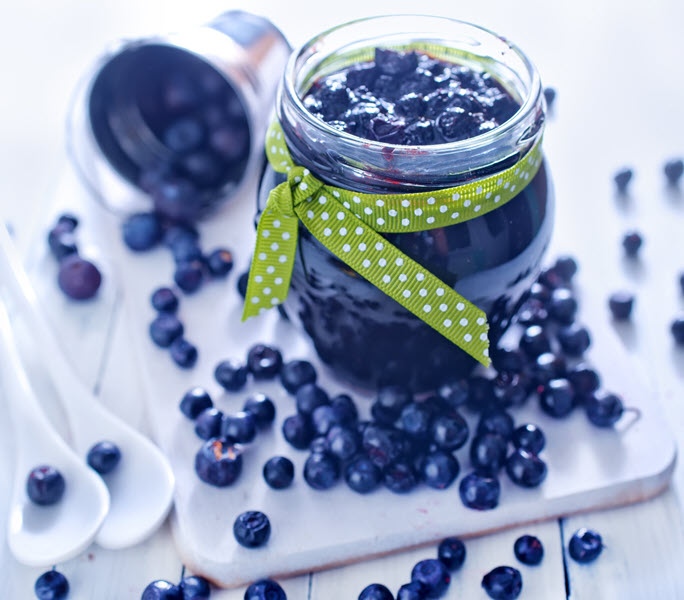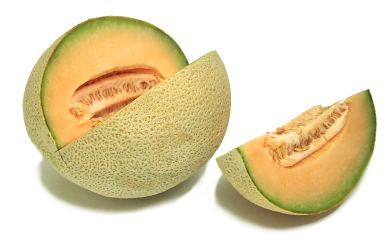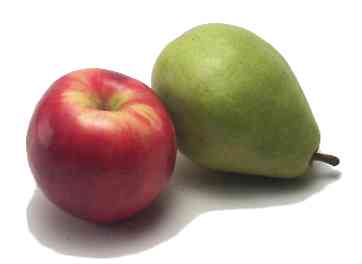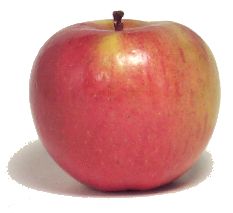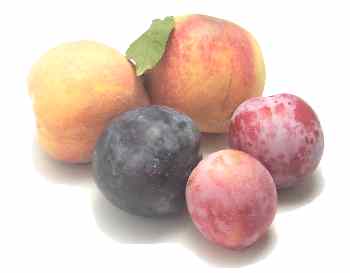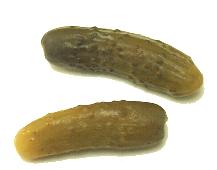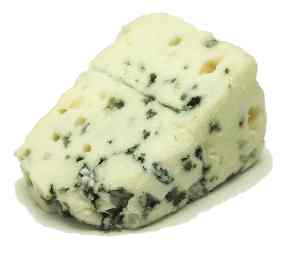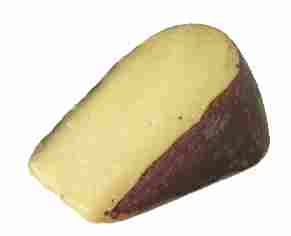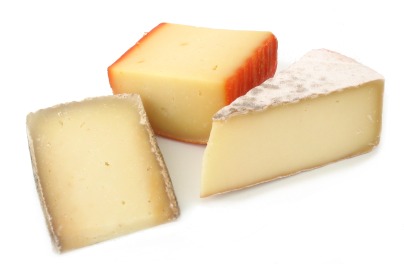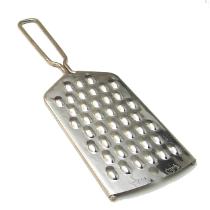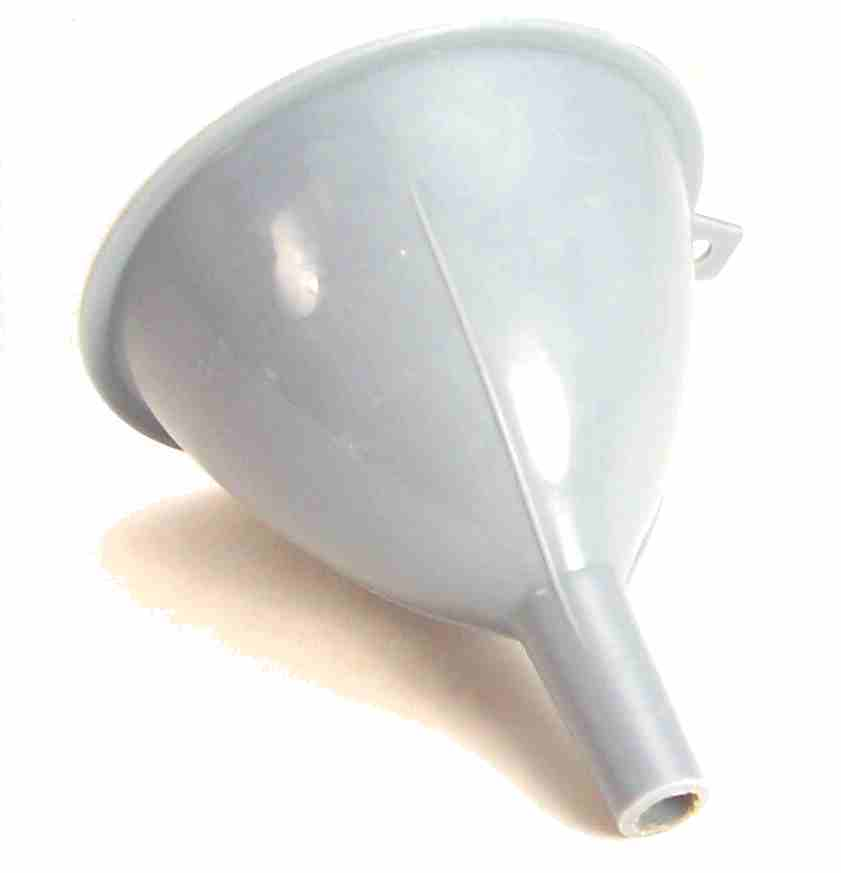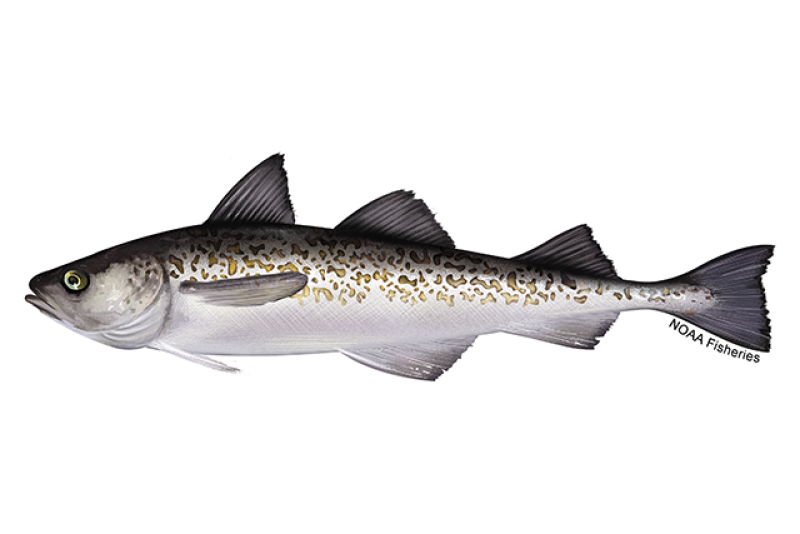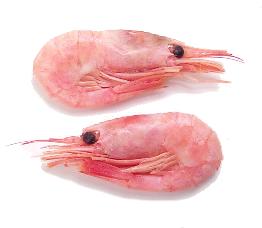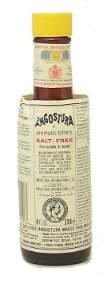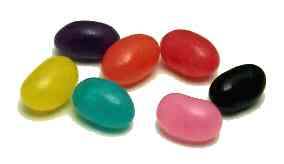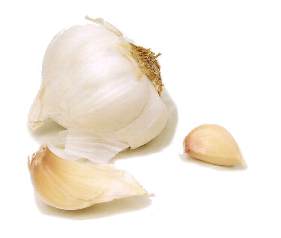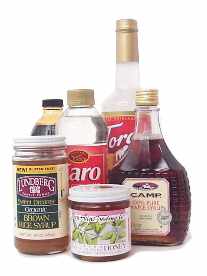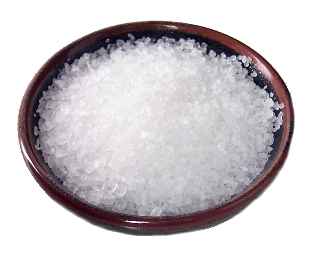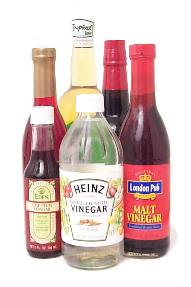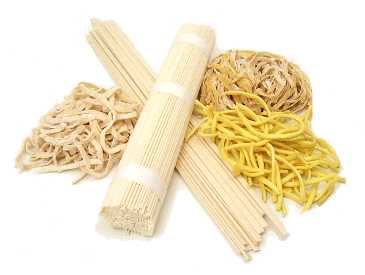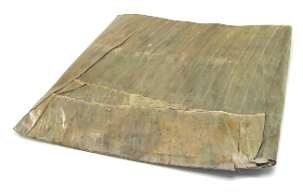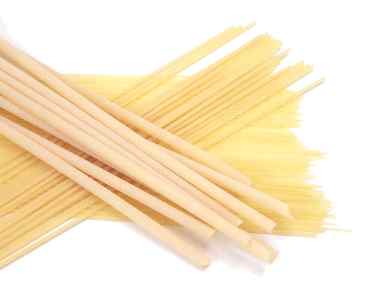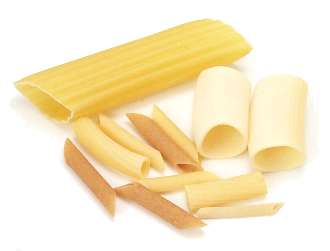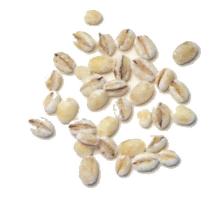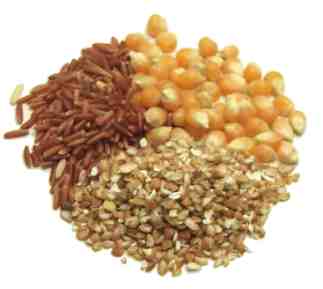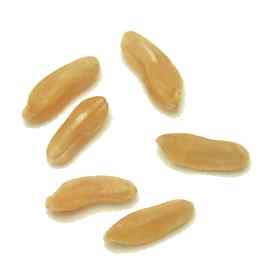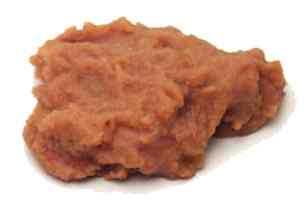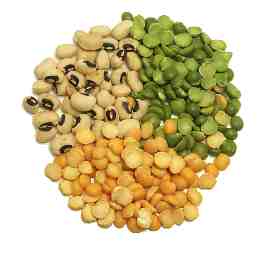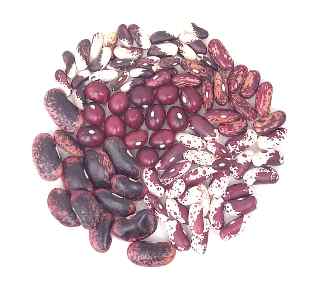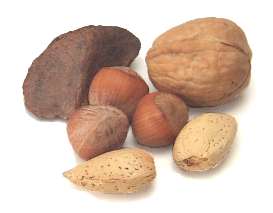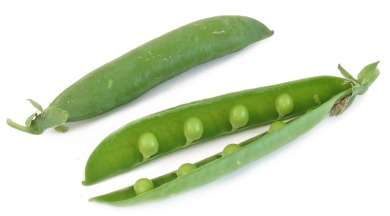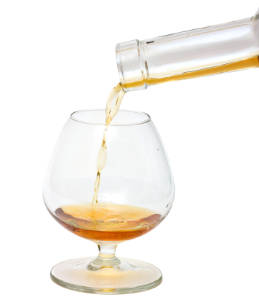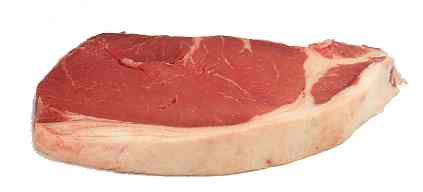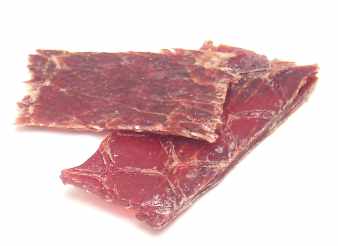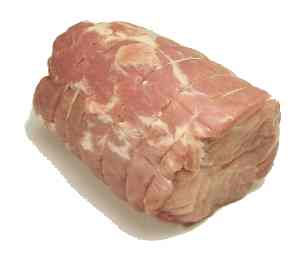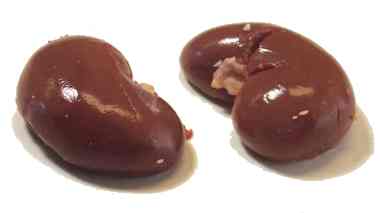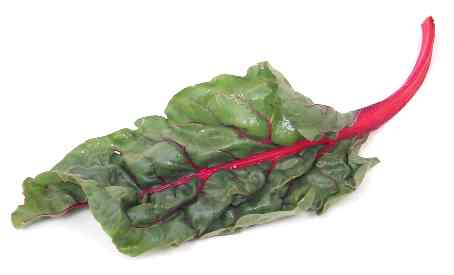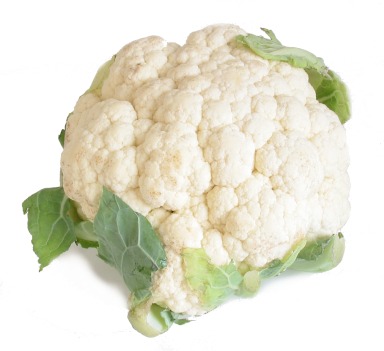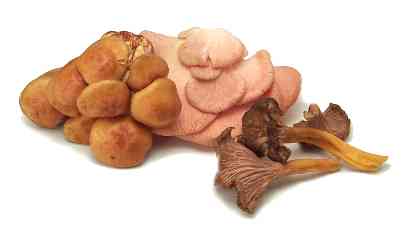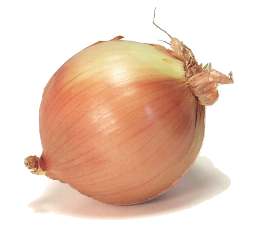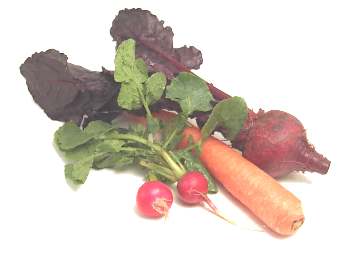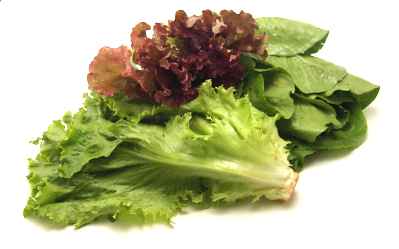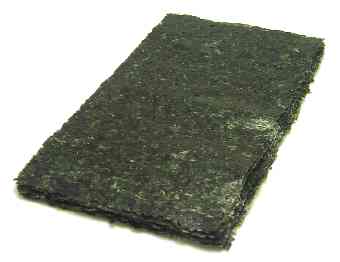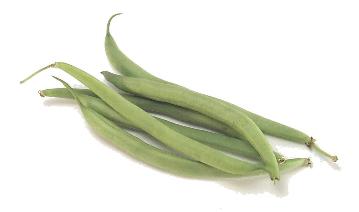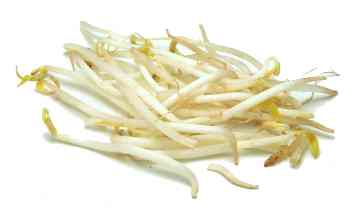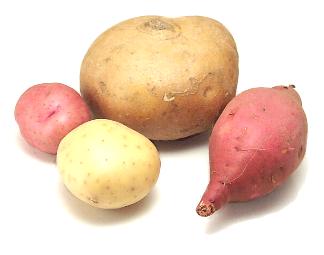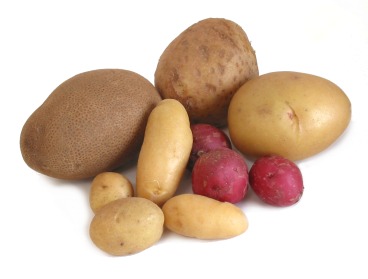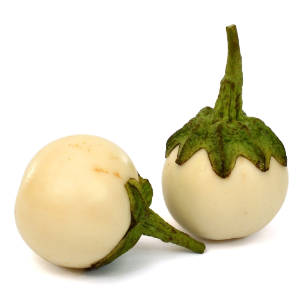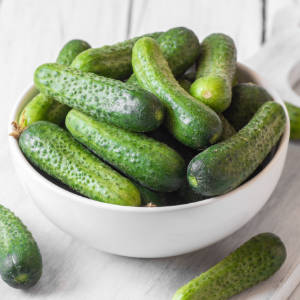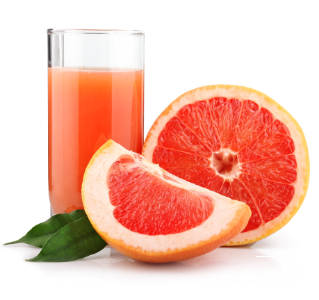Fruit Category

Includes berries, citrus fruit, melons, tropical fruit, and tomatoes
Fruits are the matured ovaries of plants, containing the seeds for the next generation of plants. Many plants cunningly make their fruits sweet, the better to attract animals like us to eat them and disperse the seeds. Fruits are often delicious enough to eat out of hand, but they can also be made into tarts, compotes, shakes, juices, preserves, liqueurs, and many other things.
Gaeta olives
These are small, purple Italian olives are either dry-cured (making them black and wrinkled) or brine-cured (making them dark purple and smooth-skinned).
Learn moreGala apple
This apple is outstanding for eating out of hand or for baking or making applesauce.
Learn moreGalia melon
This sweet, juicy melon is a honeydew-cantaloupe cross. Its biggest drawback is its relatively high price.
Learn moregarden cucumber
You can find these throughout the year at all but the most poorly stocked markets. The ones you find in supermarkets are usually waxed to hold in moisture and improve shelf-life--these should be peeled or at least scrubbed well before serving. Unwaxed cucumbers don't need to be peeled, but better cooks often do so since the peels tend to be thick and bitter. It's also a good idea to remove the seeds from these kinds of cucumbers; just cut them in half lengthwise and scrape them out. Select cukes that are firm, dark green, and rounded at the tips.
Learn moregarden eggs
These are tiny eggplants, the size of an egg or smaller. Their color ranges from white to greenish-yellow.
Learn moregherkin cucumber
These small, bumpy greed cucumbers are used to make Gherkin pickles or, if pickled while still small, cornichon pickles.
Learn moreghost pepper
Ghost peppers are a very hot (over 1,000,000 scovilles) hybrid between Capsicum chinese and Capsicum frutescens. It is grown and used in northern India.
Learn moreGolden Delicious apple
This sweet apple is good for eating out of hand, baking, and for making pies. The yellower the better.
Learn moregolden nugget squash
This has a pleasant flavor, but it doesn't have as much flesh as other squashes and the heavy rind makes it hard to cut before cooking. Select specimens that are heavy for their size, and that have a dull finish. Those with shiny rinds were probably picked too young, and won't be as sweet.
Learn moregolden raspberry
This is a blonder, milder version of the red raspberry. Don't confuse it with the Golden Raspberries (Razzies), which are given out to honor each year's worst films and performers.
Learn moregooseberry
These large, tart berries are in season only in June and July, but canned gooseberries work well in pies and fools. American gooseberries are round and about 1/2 inch in diameter, while European gooseberries are oblong, and about twice the size of American gooseberries. They're very acidic, and so they're great with roasted meats, like goose. The freshest gooseberries are covered with fuzz.
Learn moreGranny Smith apple
This is a firm, tart apple that's good for baking, making pies, and eating out of hand. They tend to have thick skins, so you might want to peel them before serving.
Learn moregrape juice
This category includes red grape juice, white grape juice, and sparkling grape juice.
Learn moregrapefruit
A grapefruit is a large, slightly tart kind of citrus fruit. The rind is yellow, though often tinged with green or red. Grapefruits are categorized by the color of their pulp: red, pink, or "white" (actually honey-colored). The color of the pulp doesn't affect the flavor. When buying grapefruit, select specimens that are smaller, thin-skinned, and heavy for their size. Some varieties are seedless. They're best in the winter and spring.
Learn moregrapes
Many varieties of grapes are turned into wine, vinegar, jelly, and raisins, but table grapes are for eating out of hand. They're classified by their color--red, green, and blue--and by whether they have seeds or not. Seedless varieties are popular because they're easy to eat, but often the seeded varieties offer more flavor and better value.
Learn moregrated coconut
Bags of grated coconuts are usually stored among the baking supplies in larger markets. Varieties include dried or desiccated coconut, flaked, angel flake, moist, sweetened and unsweetened, toasted and untoasted, and macaroon coconut. To make your own: To grate, peel off the brown skin, then grate the white flesh with a grater, food processor, or vegetable peeler. To toast, spread unsweetened grated coconut on a baking sheet and bake in a 350°F oven until coconut is golden (about 5 minutes).
Learn moreGravenstein apple
This is a good, all-purpose apple, but it's best suited for making applesauce and pies.
Learn moreGreek black olives
A generic black Greek olive is large, dark purple and brine-cured. Popular varieties include Kalamata, Amphissa, and Royal.
Learn moreGreek green olives
Napfilion and Ionian olives are the most common types of green Greek olives.
Learn moregreen olives
Green olives are picked from the tree before they're completely ripened. The most common variety is the Manzanilla olive, which is often pitted and stuffed. Other green olives varieties include the Agrinion, Arauco, Arbequina, Atalanta, green Cerignola, cracked Provençal, Kura, Lucque, Nafplion, Picholine, Sevillano, and Sicilian.
Learn moreguajillo chili
One of the more popular Mexican chilies, the guajillo (or dried mirasol chili) has a fruity flavor and medium heat (Scoville heat scale of 2,500 to 5,000 SHU). It's smooth, shiny, and reddish-brown, and it has a tough skin, so it needs to be soaked longer than other chiles. These are commonly used for marinades and adobos.
Learn moreguava
These bruise easily, so markets usually sell them while they're still hard and green. Allow them to ripen at room temperature until they become yellow and very aromatic, then either eat or refrigerate them. The peel and seeds can be eaten along with the juicy pulp, but some people remove them.
Learn morehabanero - dried
Don't confuse dried habaneros with the fresh version, which goes by the same name. These extremely hot chiles are wrinkled and orange.
Learn morehabanero - fresh
These extremely hot orange chiles have a fruity flavor. They're best in the summertime.
Learn moreHass avocado
This is available year-round and has a rich flavor and creamy texture. The skin turns almost black when the avocado is ripe, which can camouflage bad bruises. This is the best variety by far for guacamole, but it turns a bit mushy in salads.
Learn moreHolland bell pepper
These are like bell peppers, only they're sweeter and have thicker walls. They come in different colors.
Learn morehoneyball melon
This is just like a honeydew melon, only it's smaller, rounder, and covered with netting.
Learn more




